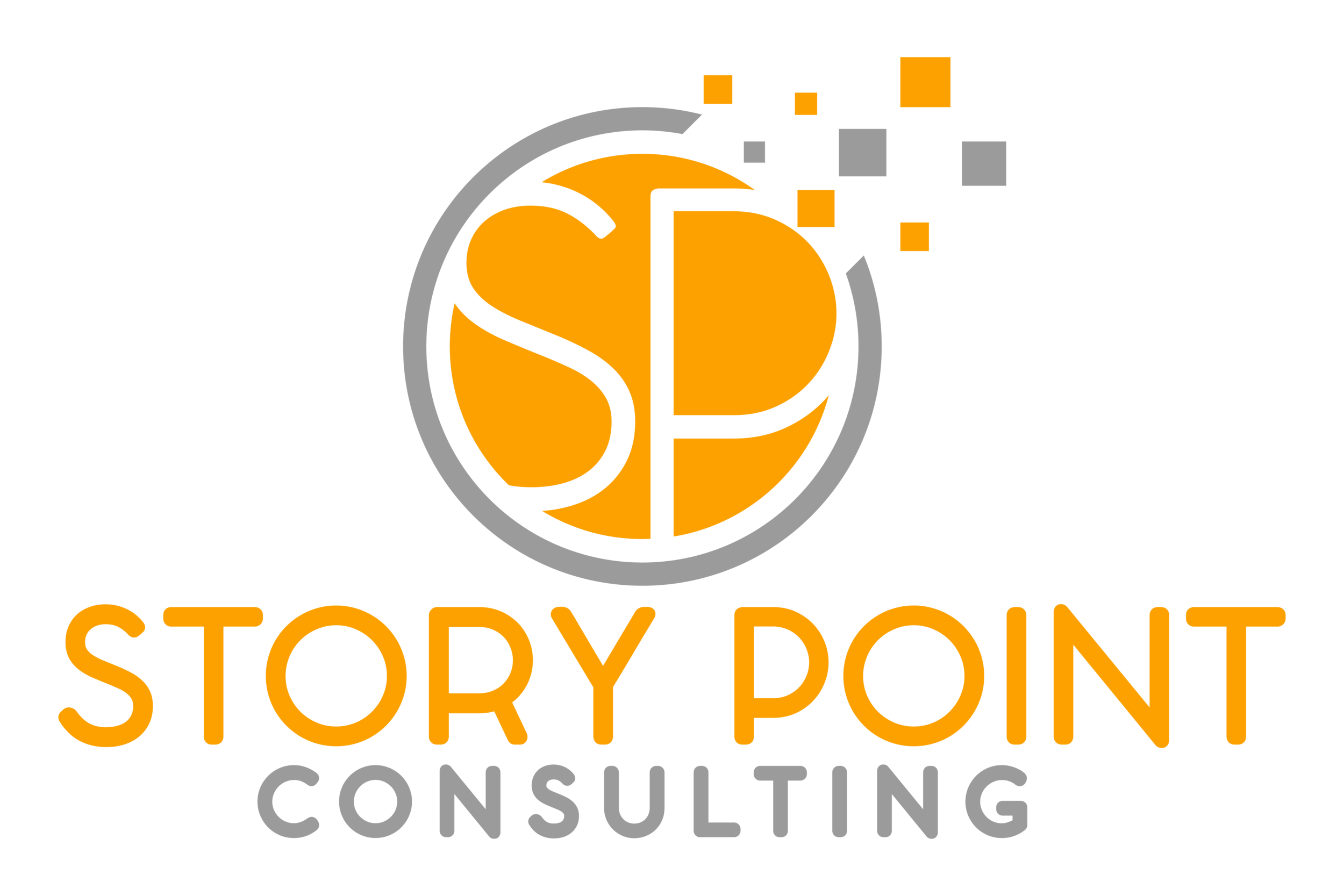Board Meeting Prep for the Numbers Shy
If you are part of a small or newer nonprofit, there is a good chance that you have walked into a board meeting not feeling particularly comfortable talking about “the numbers.” However, it is important to know that you do not need to be a data expert to have a helpful conversation and make informed data-driven decisions. What matters most is the ability to ask questions that, through discussion, can lead to insights from your donor data and reveal possibilities you may not have known were there. In this article, we will explore how to prepare for those board meetings without feeling nervous when the topic of numbers comes up, and how to focus the conversation on finding opportunities in your data, without needing to be a data expert.
Notice shifts in donor behaviour
You do not need to analyze every single donation. By summarizing your data, you may begin to spot small patterns, such as fewer donors returning. It can be as simple as asking: Who has stopped giving? Maybe a few longtime supporters did not give again this year. That change alone could be worth discussing. It might signal something about the timing of your annual appeal, an issue with your current donor stewardship strategy, or a message that no longer resonates with those donors. Or, another example is you might review a segment of your donors, such as regular monthly donors, and notice that a few have not contributed in several months. There could be many reasons they have stopped giving. For instance, you might check whether credit cards have expired, which could prompt the question: Can we be more proactive with our renewals?
These are not just numbers; they are signals of potential areas to improve. And they could point to things like poor timing, such as sending an appeal too close to another campaign, or not enough follow-up after a campaign, like not sharing the impact of donors’ contributions. Even noticing a small shift like your year-end appeal not bringing back as many past donors as usual is worth mentioning. It helps your board see where support may be slipping, and where there could be opportunities to re-engage with your supporters.
Add context to your findings, not just statistics
Try your best not to give your board just raw numbers. Instead, summarize the data so you can provide helpful context. For example, rather than simply saying you raised half of what you did in last year’s annual appeal, you might say you are considering testing a more personal thank-you letter and including details about the impact of the donations. To add more context, you could mention that last year the organization sent out the same thank-you letter and did not include any updates on impact, something that might be influencing this year’s results.
By adding even a bit of context to show that you have thought it through, like noting that last year you did not use data to personalize your messages or that you did not include the impact of donor support, you’re not just presenting numbers. You’re helping your board understand what is happening and how you are approaching it. It signals that you are not just reporting on what happened, you are looking at what you might try next. That kind of context not only helps your board understand the numbers, it also shows how you are interpreting them. And when you offer context alongside your statistics, it can spark thoughtful discussion among your team, board, and leadership. And those conversations can lead to fresh ideas and opportunities you may not have seen in the numbers alone.
Focus on two to three helpful observations
Especially if you are new to data and you might not feel entirely comfortable, there is no need to present a full report or every data point you have collected. Instead, focus on two or three insights that feel important, or something you would like to better understand and talk through with your team.
For example, maybe your fundraising revenue is down 30% compared to last year. Or you have noticed a significant number of lapsed donors, supporters who gave in the past but have not contributed recently. Or, another sign might be that many of your newer donors gave once and did not give again. Each of these is a clue or a signal in your data that you can follow. They do not have to be urgent problems, but they can point to areas where your board can help brainstorm, offer guidance, or decide what to prioritize next.
Create one visual that tells the story
Now, even if you do not have a lot of experience with data, and whether you use spreadsheets or donor software, there are many user-friendly ways to create a visual. Visuals can be very powerful, as seeing a statistic can have much more impact than just hearing a number. And you do not need to create an entire fundraising dashboard, just one simple visual, such as a column chart showing donor retention year over year, or a pie chart showing the percentage of donors who are active versus those who have lapsed. These can anchor the conversation and help your board quickly understand what the data is showing.
When creating your visual, choose one that highlights a key pattern in your data, something that naturally prompts discussion or reflects a shift you have noticed. Use it to highlight something you want to learn more about, not just for show or to fill space. The visual should be easy to read, high-level, and stripped of unnecessary detail. The goal is to keep it simple, not complicated. And there is no need for extra slides or fancy formatting, what makes a difference is choosing a visual that sticks in your board’s mind and sparks the right conversation.
Invite dialogue, not just decisions
Boards appreciate updates, but they also want to think with you. You do not need to arrive with all the answers, the goal is to open up discussion. As mentioned earlier, talking about data often just means asking questions. And, you can bring a few strategic questions that can get everyone engaged. For example: Should we explore a re-engagement strategy for longtime donors who have not given in a while? Could our board help reconnect with major donors who have not contributed recently? What should we consider before launching a campaign that better connects with our supporters?
Asking questions like these shows you are paying attention, thinking things through, and open to hearing others’ ideas, even if the next steps are not clear yet. You do not need to have it all figured out; the goal is to work together and explore what might make the most sense to try next.
When it comes to talking about data with your board, it does not have to be overwhelming or overly technical. By focusing on a few important points, adding context to your findings, using a simple visual to tell the story, and asking thoughtful questions, you make it easier for everyone to join in and share ideas. You do not have to know everything, just be open to looking at what the numbers might mean.
Getting ready for a board meeting? We’ve got something that can help. Subscribe to get our free Board Donor Snapshot Template, a guided worksheet that walks you through how to explore lapsed donor trends and find opportunities in your data. It is built for small teams that are still getting comfortable with data, and it is designed to help you have a more strategic conversation with your board. So whether you are just starting out or looking to get more out of your data, this tool can help you move the conversation forward.




